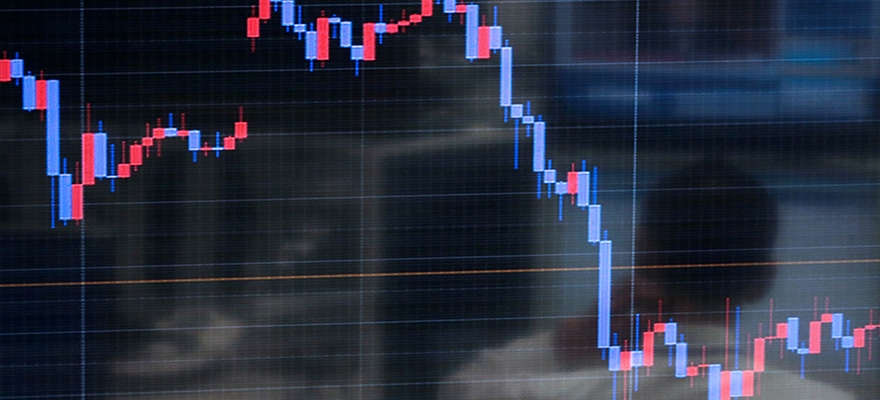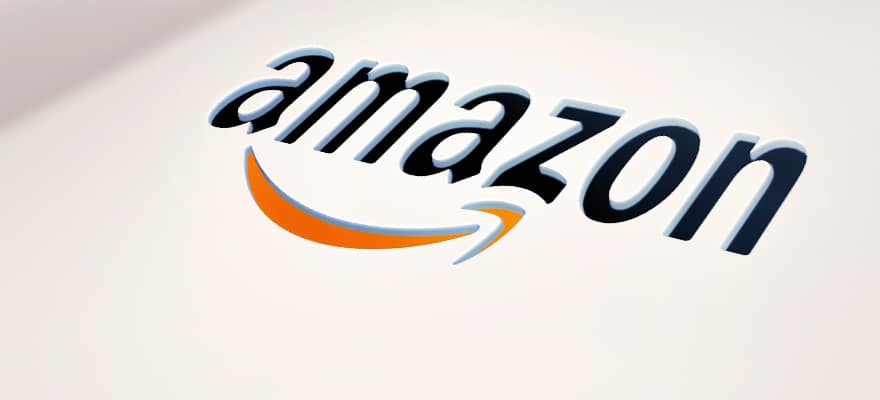Responses of 400 companies contribute to report results of B2B e-commerce showing strong movement towards e-commerce platforms including mobile.
Intershop’s Fall e-Commerce Report says that 92% of B2B companies are already using online methods to market their products with 48% planning the addition of mobile sales platforms, and 25% moving towards an online marketplace.
A brief overview of current sales channels provides the following statistics:
Websites – 98% of respondents
Mobile (including stores and apps) – 51% of respondents
Catalogue - 48% of respondents
Telephone – 45% of respondents
Physical stores – 45% of respondents
Self-service B2B online stores – 45% of respondents
The report, created from a Vanson Bourne (market research company) survey conducted from April to May 2013, indicates that the move towards change has to do mostly with customer expectations and the availability of new technology to help sales, although it is evident that B2B companies understand the need for touch-points across various channels: it is not enough to move to online or to mobile, these services need to work with (not instead of) physical customer access in order to ensure optimal sale and success.
B2B is learning from B2C e-commerce as Intershop’s Jochen Moll says: “Even if it is not possible to replicate every aspect of B2C commerce, companies are using it as a ‘test bed’ to investigate how e-commerce technologies can be used to implement their B2B Marketing strategies. Since every B2B customer is also a B2C customer, with corresponding expectations and habits, learning from B2C is crucial for companies that want to understand the future of B2B.”
With 42% of B2B income owing to online Channels, The US is the world leader in in this movement and 72% of US respondents showed that the shift has a lot to do with more consumers moving from stores to online or self-service. And from an industry perspective, pharmaceuticals has a 40% online B2B sales, the highest percentage across industries and the lowest is automotive at 33%.
Image courtesy of Wiki Commons

















